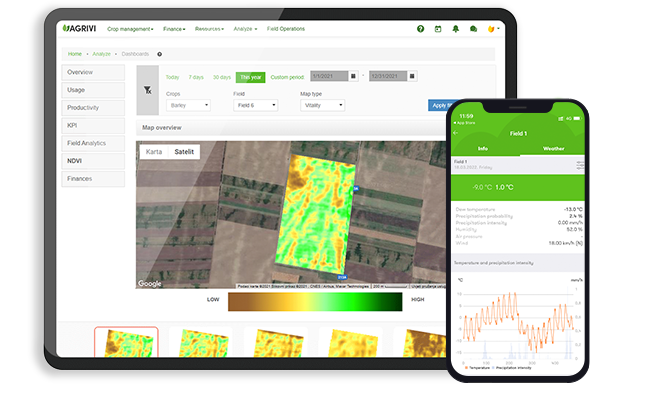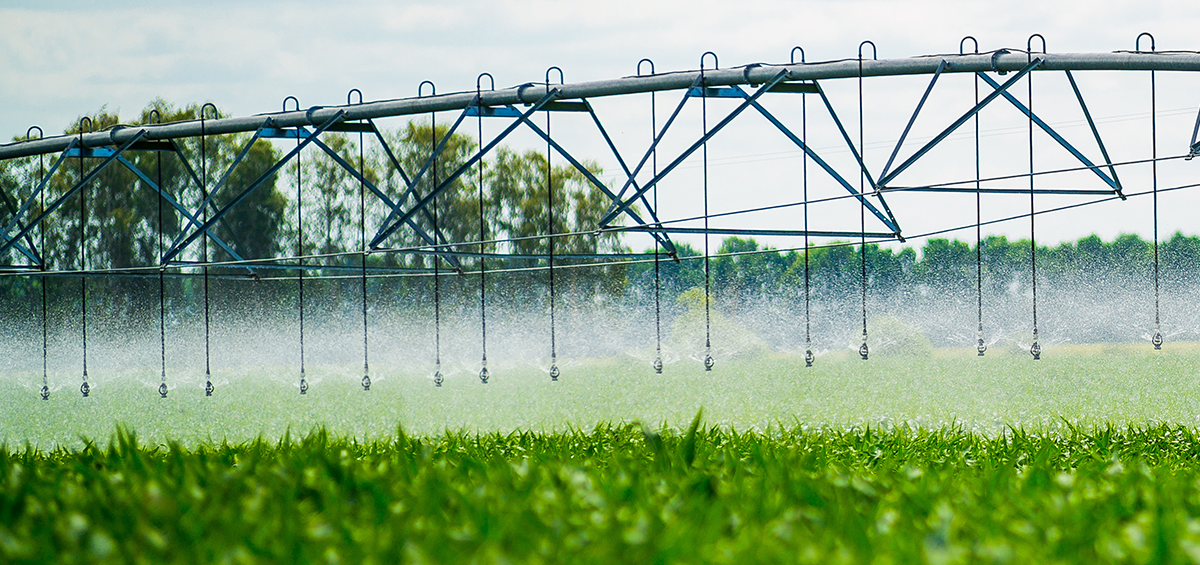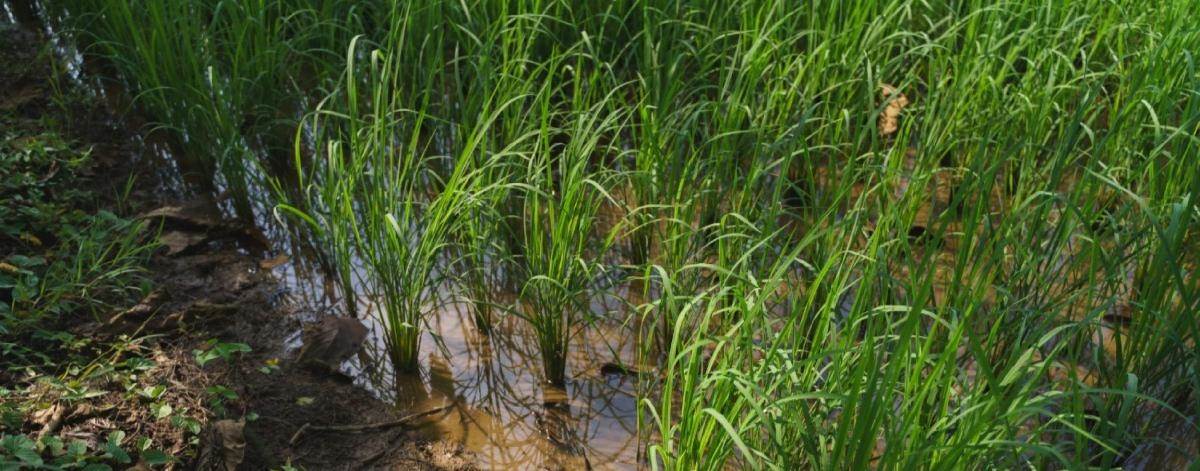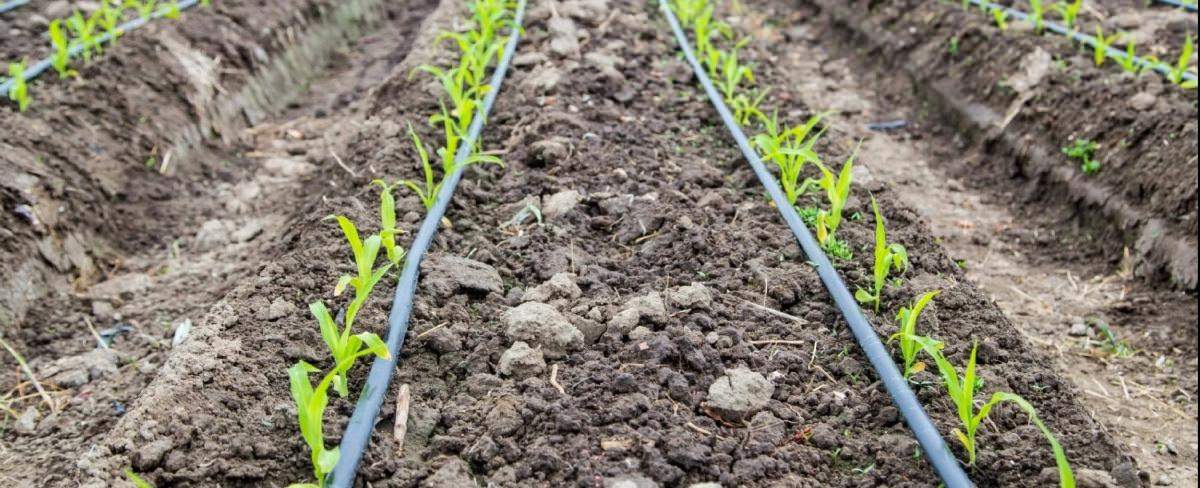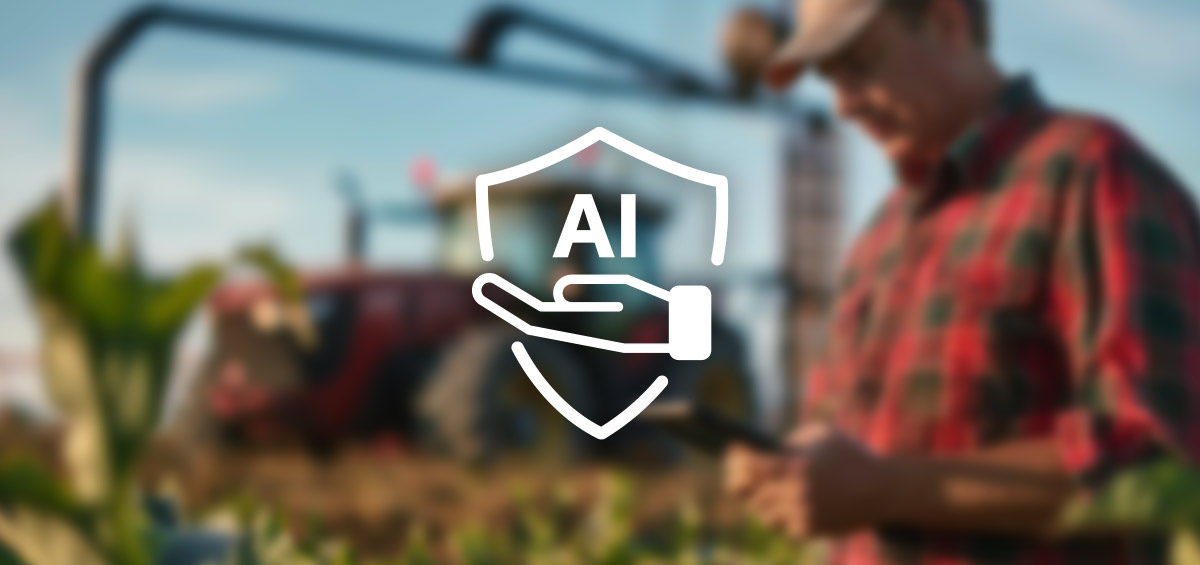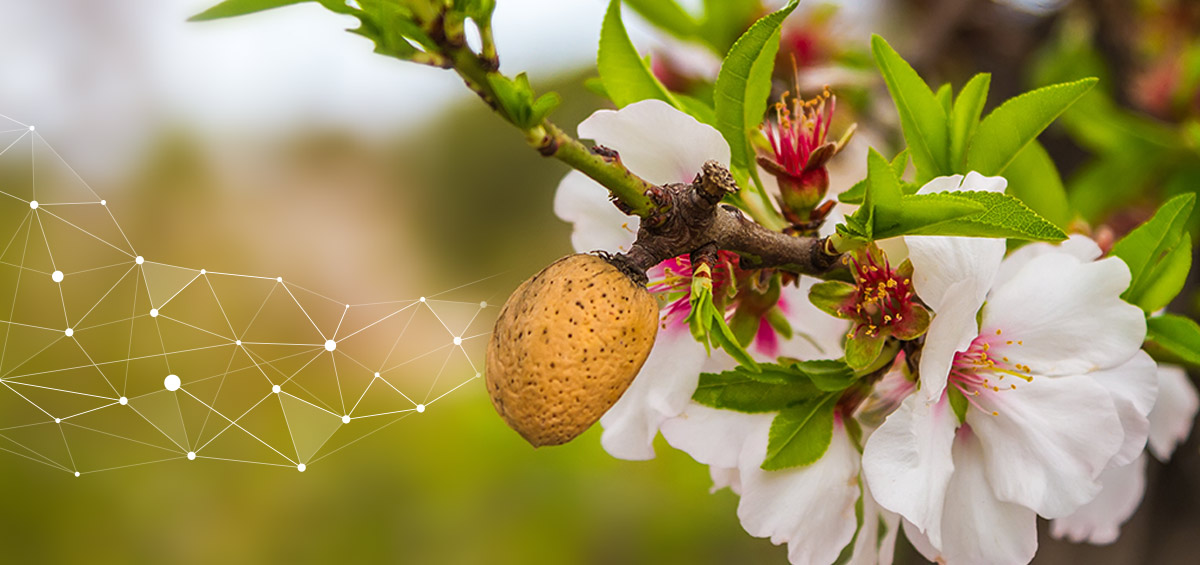Irrigation systems are a critical component of modern-day farm management optimizing crop quality and yields.
Some of the most productive crop-growing regions flourish in deserts thanks to irrigation. For example, Yuma County, Arizona, is geographically part of the Sonoran Desert. Yet Yuma County farmers harvest more than 90% of the U.S. winter lettuce and cruciferous crops from fields 100% irrigated by the Colorado River. But, because of shrinking water resources, farmers are looking to digital farm management solutions to optimize the irrigation systems they use. Modern farm management solutions like AGRIVI monitor all types of field irrigation systems, regardless of the irrigation method, irrigation service, system or irrigation technology used.
Dive into the different types of systems or skip ahead to see their benefits using the table of contents below.
Table of Contents
What are Irrigation Systems?
Irrigation itself is the artificial delivery of moisture for the benefit of growing crops. Farming without irrigation is considered rainfed and is often referred to as dryland farming.
Irrigation systems, therefore, are simply the method a farmer employs to transport water from its source to their cultivated fields. Irrigation waters come from groundwater sources, such as aquifers, springs and wells, or surface water sources, such as rivers, ponds, or lakes. Modern farm management solutions like AGRIVI monitor all types of field irrigation systems, regardless of the irrigation method, irrigation service, system or irrigation technology used.
The History and Development of Irrigation Systems
Irrigation systems developed hand-in-hand with the advancement of agriculture and human civilization.
The earliest evidence of irrigation systems dates back to 6000 B.C. and the Jordan Valley, part of an area often referred to as the Cradle of Civilization. Wherever civilization thrived, humans built ancient dams, reservoirs and complicated systems of irrigation channels. In the Americas, the Aztecs created miles of aqueduct systems to funnel water to their cultivated fields.
Modern irrigation technology is thought to have begun with the development of Utah’s Great Salt Lake Basin in the mid-1800s. Between the 1890s and the late 21st century, irrigated acreage in the U.S. increased from less than 3 million acres to more than 58 million.
5 Types of Irrigation Systems Farmers Currently Employ
There are five main types of irrigation systems used by farmers.
- Surface Irrigation (a.k.a. as flood or furrow irrigation)
- Drip or Micro Irrigation
- Sprinkler Irrigation
- Center Pivot Irrigation
- Sub-irrigation
Surface Irrigation Systems
Surface, or flood, irrigation systems are humans’ earliest irrigation method.
A surface irrigation system floods a cultivated field with runoff, typically from a water source such as a canal. Fields are graded to slope gradually (or may even be terraced) away from the water source, so the water moves through the entire area. Crops are typically mounded in parallel beds, so the water flows easily down furrows between plant roots.
Furrow irrigation differs from flood irrigation, only that irrigation installation is achieved with the use of pipes or hoses to direct the water away from the initial source.
Drip or Micro-Irrigation Systems
In a drip or micro-irrigation system, water runs through a network of pipes laid on the ground directly next to a plant’s root zone. Slowly dripping emitters or micro-sprinkler heads delivers the water. Because a drip irrigation system delivers water so precisely, they use less water than other irrigation methods.
Drip or micro-irrigation systems don’t require much pressure to run. Therefore, they can be used with low water pressure. Drip irrigation systems are relatively new but are expanding quickly, especially in specialty crop production such as vegetables and fruit. However, farmers in areas with high iron content should avoid using drip irrigation and micro-sprinkler systems due to clogging emitters.
Sprinkler Irrigation Systems
Sprinkler irrigation systems use a pressurized water system to apply water through sprinkler heads. Pressure is achieved from a pump.
Sprinkler irrigation systems may be fixed or portable systems. In addition, many different types of nozzles and sprinkler heads can be used. This creates flexibility in the coverage and spray pattern.
Pivot Irrigation System
Pivot irrigation systems, or center pivot irrigation (CPI) systems, are technically a type of sprinkler system. But they have enough unique features and are popular enough to warrant a separate listing.
Pivot irrigation delivers water in a circular area over a field. Lateral pipes are suspended across ground structures (towers). Sprinkler heads are attached along the pipe or from the ends of hanging tubes. Pivot irrigation spans are commonly more than 1000 feet long.
Although CPI systems are used for almost any crop that doesn’t grow taller than the pivot, they are typically used on larger acreage operations because of their expense. As a result, farmers commonly use CPI systems in crops such as potatoes, small grains, soy, corn and forage crops (like alfalfa).
Sub-Irrigation Water Systems
Sub-irrigation is a method of delivering water to crops underneath the soil surface. Water may be applied through a series of pipes and ditches or even using drip irrigation tape buried at the time of planting.
Sub-irrigation water systems aren’t as commonly employed as other irrigation systems but are rising in popularity as they don’t waste water and are easy to use.
The Importance of Irrigation Systems to Our Food Supply Chain
Globally, irrigation systems are crucial to food production and ensuring humans have enough to eat.
Irrigated farmlands make up just 20% of total cultivated lands but contribute 40% of worldwide food production. Moreover, irrigated agriculture is at least “twice as productive per unit of land as rain-fed agriculture, thereby allowing for more production intensification and crop diversification,” according to a World Bank report.
But because water is so critical to crop production, farmers use it a lot.
In North America, agricultural food production consumed 80% of the U.S. consumptive water use between 1960 and 1995, more than any other sector. And globally, agriculture uses 70% of the world’s available freshwater.
Meanwhile, climate change is changing and intensifying natural water cycles, leading to more extended and intensive drought periods and rising temperatures. The 22-year period between 2000 and 2021 was the driest in the last 1200 years, according to a March 2022 study published by Nature Climate Change.
Growing populations- especially in developing nations- are driving increased demand for more water. Experts predict that agriculture will bear the brunt of the water crisis.
- Experts expect future demand o require as much as 25 to 40% of water to be re-allocated from agriculture to higher needs. (The WorldBank)
- Water challenges will strongly impact agriculture, causing market and trade disruptions and jeopardizing global food security. Northeast China, Northwest India and the Southwestern States will be severely affected. (OECD)
- Europe is heading toward more extreme summer droughts. The Alps, France, the Mediterranean and the Iberian Peninsula are 50% more likely to experience an increase in more extreme summer droughts. (WeForum)
Water Conservation Driving Explosion in Irrigation Systems and Irrigation Technology
Because of growing food needs but shrinking water availability, farmers are looking for new ways to be more water-efficient. In some cases, farmers will not be receiving traditional annual water allotments due to shrinking water reserves.
Those farms that haven’t yet incorporated an irrigation system, relying upon rainfed moisture, are exploring their options. At the same time, farmers with water-intensive methods such as surface irrigation are switching to more efficient systems, like drip irrigation.
Next-Gen Technology in Water-Conserving Irrigation System Management
In the meantime, new technology is incorporating data, next-gen hardware and software management to give farmers better tools for managing their farm’s watering needs.
New Technology for Irrigation Systems Includes:
- Aerial imaging from satellites or drones measuring soil moisture levels
- Wireless soil moisture probes that collect data on moisture needs
- Weather stations that monitor winds, humidity, evaporation rates and rainfall
- Probes and monitors that measure a plant’s evapotranspiration rates
- Variable-rate technology connects to soil and plant moisture levels with irrigation systems enabling precision water application when and where needed
More efficient water systems reduce farmers’ water footprint and lower their water bills. For example, according to the USDA, a study in the High Plains found that converting high-pressure irrigation systems to low pressure could result in savings of up to $66 per acre. And a 10% improvement in irrigation efficiency would save farmers on their annual diesel consumption to the tune of 8 gallons per acre, or about $18,000 on a thousand acres.
All told, farmers are looking to more efficient irrigation systems because they have less access to water, so they must make better use of what they do have. And because more efficient systems will save them money while lowering their water footprint.
Reduce Your Farm’s Water Footprint With Agrivi Farm Management Software
Interested in exploring how you can reduce your farm’s water footprint no matter what type of irrigation system you use? AGRIVI Farm Enterprise solution and our farm-specific experts can help.
Every time you irrigate, AGRIVI tracks your data and records the amount of water used and the costs incurred. AGRIVI analytics provide water usage per crop production and field and can be viewed daily, enabling more informed in-season decision-making in creating your watering schedule.
Watch the video and find out more about AGRIVI Farm Management solution.
Ready to start getting more efficient with your irrigation systems?
